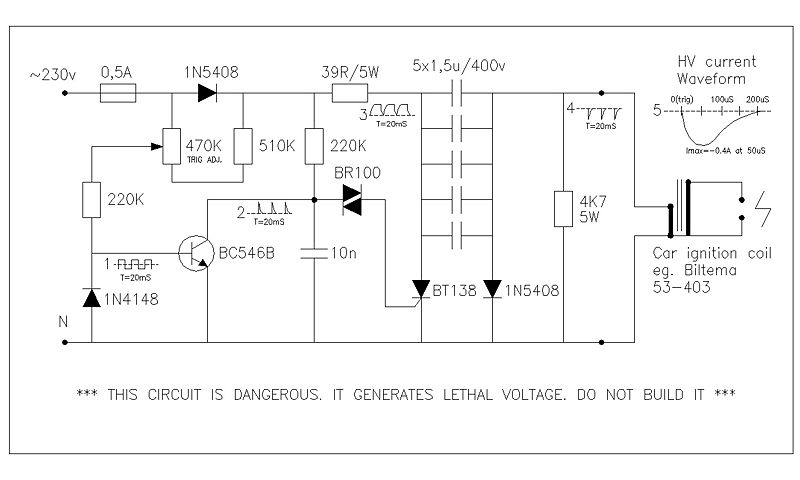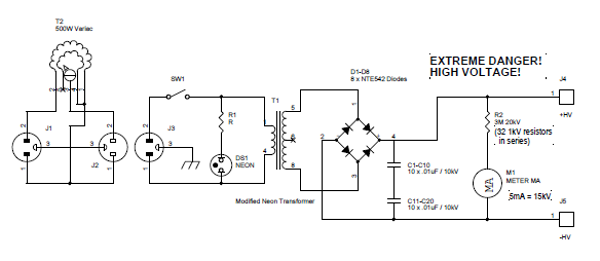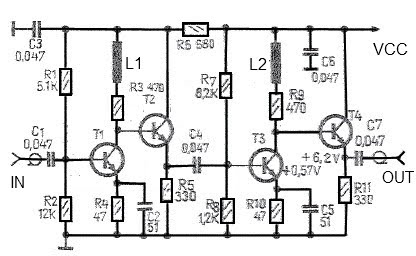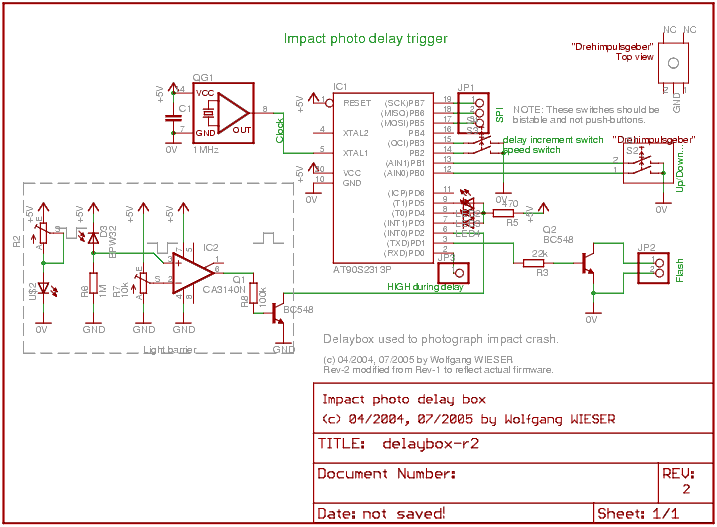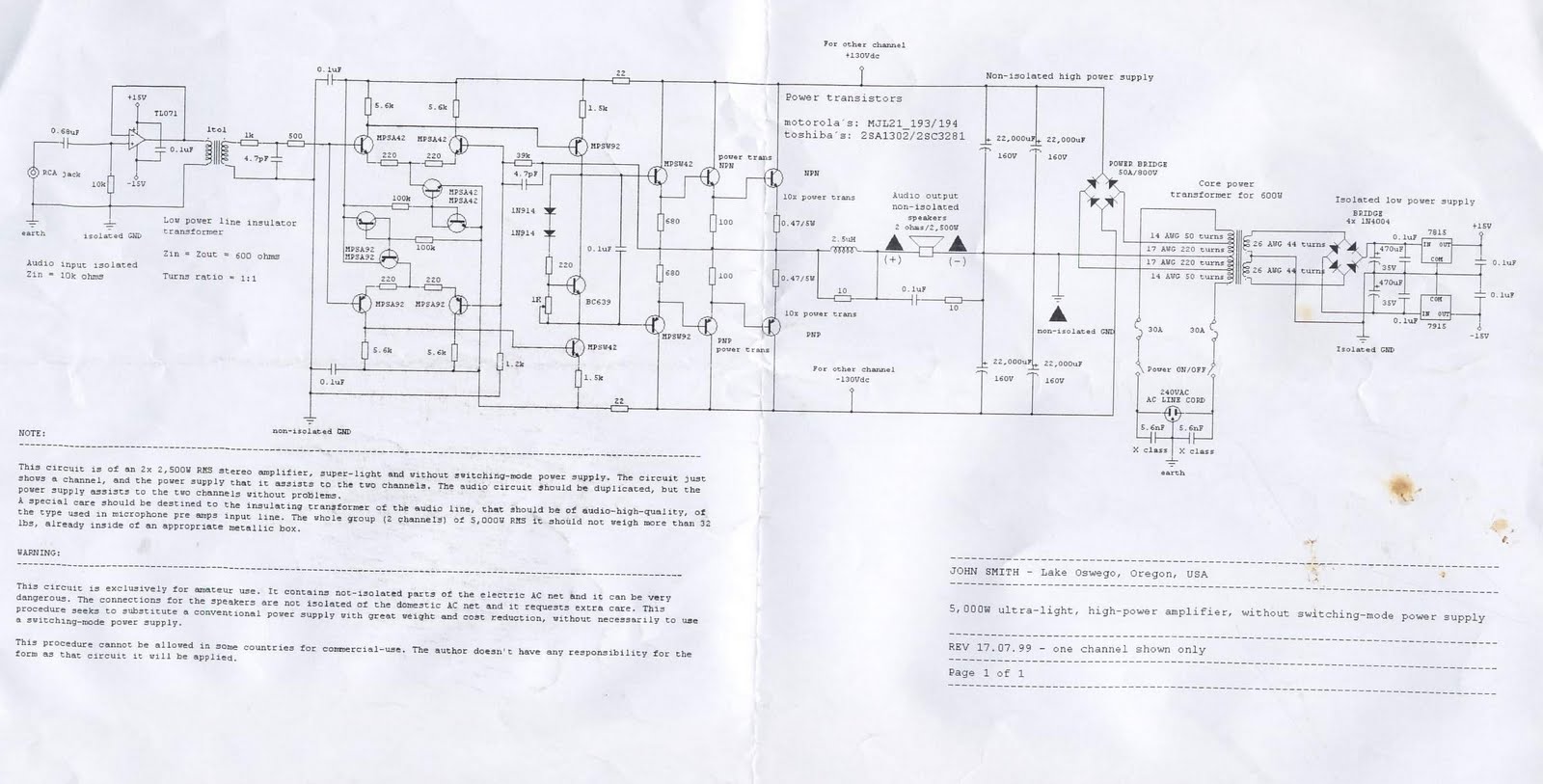
High q notch filter
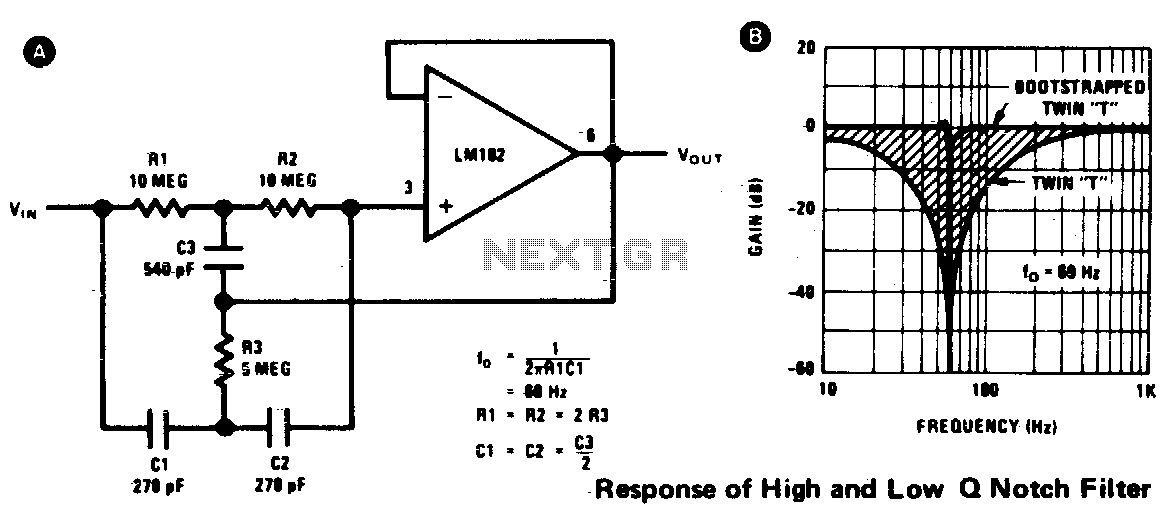
A twin-T network is connected to an LM102 to create a high-Q, 60 Hz notch filter. The junction of R3 and C3, typically grounded, is bootstrapped to the follower's output. The low impedance of the follower ensures that neither the notch depth nor frequency is altered; however, the Q factor increases in relation to the feedback signal applied to R3 and C3. B illustrates the response of a standard twin-T network compared to the response with the follower incorporated.
The described circuit employs a twin-T notch filter configuration, which is widely recognized for its ability to attenuate a specific frequency while allowing other frequencies to pass. In this instance, the notch filter is designed to target a frequency of 60 Hz, which is often associated with power line interference or other unwanted signals in audio and signal processing applications.
The twin-T network is formed by two resistive and two capacitive components arranged in a T configuration. The resistors and capacitors are chosen to set the notch frequency at 60 Hz. The LM102 operational amplifier is utilized to enhance the performance of the notch filter. By connecting the output of the LM102 to the junction of R3 and C3, a bootstrap effect is created. This configuration allows for the low output impedance of the operational amplifier to maintain the stability of the filter's characteristics.
The bootstrap connection effectively isolates the junction from ground, ensuring that the impedance seen by R3 and C3 remains low. As a result, the depth of the notch and its frequency remain constant, preventing any unwanted shifts due to loading effects. However, the quality factor (Q) of the filter is significantly improved. The Q factor is a measure of the selectivity of the notch; a higher Q indicates a narrower notch and greater attenuation of the target frequency.
The analysis of the filter's response, as depicted in section B, contrasts the performance of a standard twin-T network against the modified configuration with the follower. The response curve of the standard twin-T shows the expected attenuation at the notch frequency, while the response with the follower exhibits an enhanced Q factor, resulting in a sharper notch. This enhancement is particularly beneficial in applications where precise frequency rejection is critical, such as in audio processing or sensitive measurement systems.
In summary, this circuit design effectively utilizes a twin-T network in conjunction with an LM102 operational amplifier to create a high-performance notch filter capable of precise frequency attenuation while improving the quality factor through strategic feedback mechanisms.A shows a twin-T network connected to an LM102 to form a high Q, 60 Hz notch filter. The junction of R3 and C3, which is normally connected to ground, is bootstrapped to the output of the follower Because the output of the follower is a very low impedance, neither the depth nor the frequency of the notch change; however, the Q is raised in proportion to the amount of signal fed back to R3 and C3. B shows the response of a normal twin-T and the response with the follower added. 🔗 External reference
The described circuit employs a twin-T notch filter configuration, which is widely recognized for its ability to attenuate a specific frequency while allowing other frequencies to pass. In this instance, the notch filter is designed to target a frequency of 60 Hz, which is often associated with power line interference or other unwanted signals in audio and signal processing applications.
The twin-T network is formed by two resistive and two capacitive components arranged in a T configuration. The resistors and capacitors are chosen to set the notch frequency at 60 Hz. The LM102 operational amplifier is utilized to enhance the performance of the notch filter. By connecting the output of the LM102 to the junction of R3 and C3, a bootstrap effect is created. This configuration allows for the low output impedance of the operational amplifier to maintain the stability of the filter's characteristics.
The bootstrap connection effectively isolates the junction from ground, ensuring that the impedance seen by R3 and C3 remains low. As a result, the depth of the notch and its frequency remain constant, preventing any unwanted shifts due to loading effects. However, the quality factor (Q) of the filter is significantly improved. The Q factor is a measure of the selectivity of the notch; a higher Q indicates a narrower notch and greater attenuation of the target frequency.
The analysis of the filter's response, as depicted in section B, contrasts the performance of a standard twin-T network against the modified configuration with the follower. The response curve of the standard twin-T shows the expected attenuation at the notch frequency, while the response with the follower exhibits an enhanced Q factor, resulting in a sharper notch. This enhancement is particularly beneficial in applications where precise frequency rejection is critical, such as in audio processing or sensitive measurement systems.
In summary, this circuit design effectively utilizes a twin-T network in conjunction with an LM102 operational amplifier to create a high-performance notch filter capable of precise frequency attenuation while improving the quality factor through strategic feedback mechanisms.A shows a twin-T network connected to an LM102 to form a high Q, 60 Hz notch filter. The junction of R3 and C3, which is normally connected to ground, is bootstrapped to the output of the follower Because the output of the follower is a very low impedance, neither the depth nor the frequency of the notch change; however, the Q is raised in proportion to the amount of signal fed back to R3 and C3. B shows the response of a normal twin-T and the response with the follower added. 🔗 External reference
